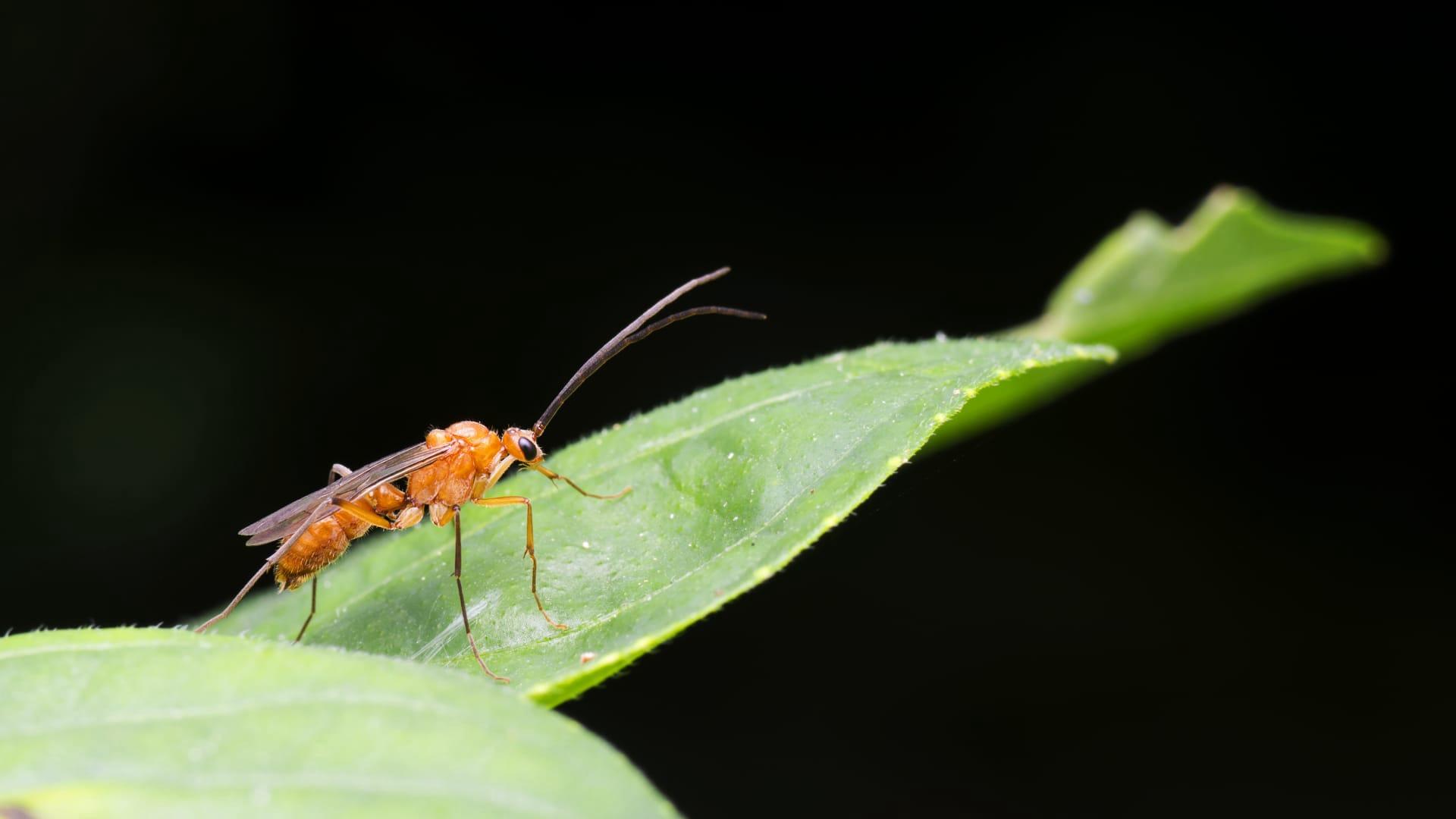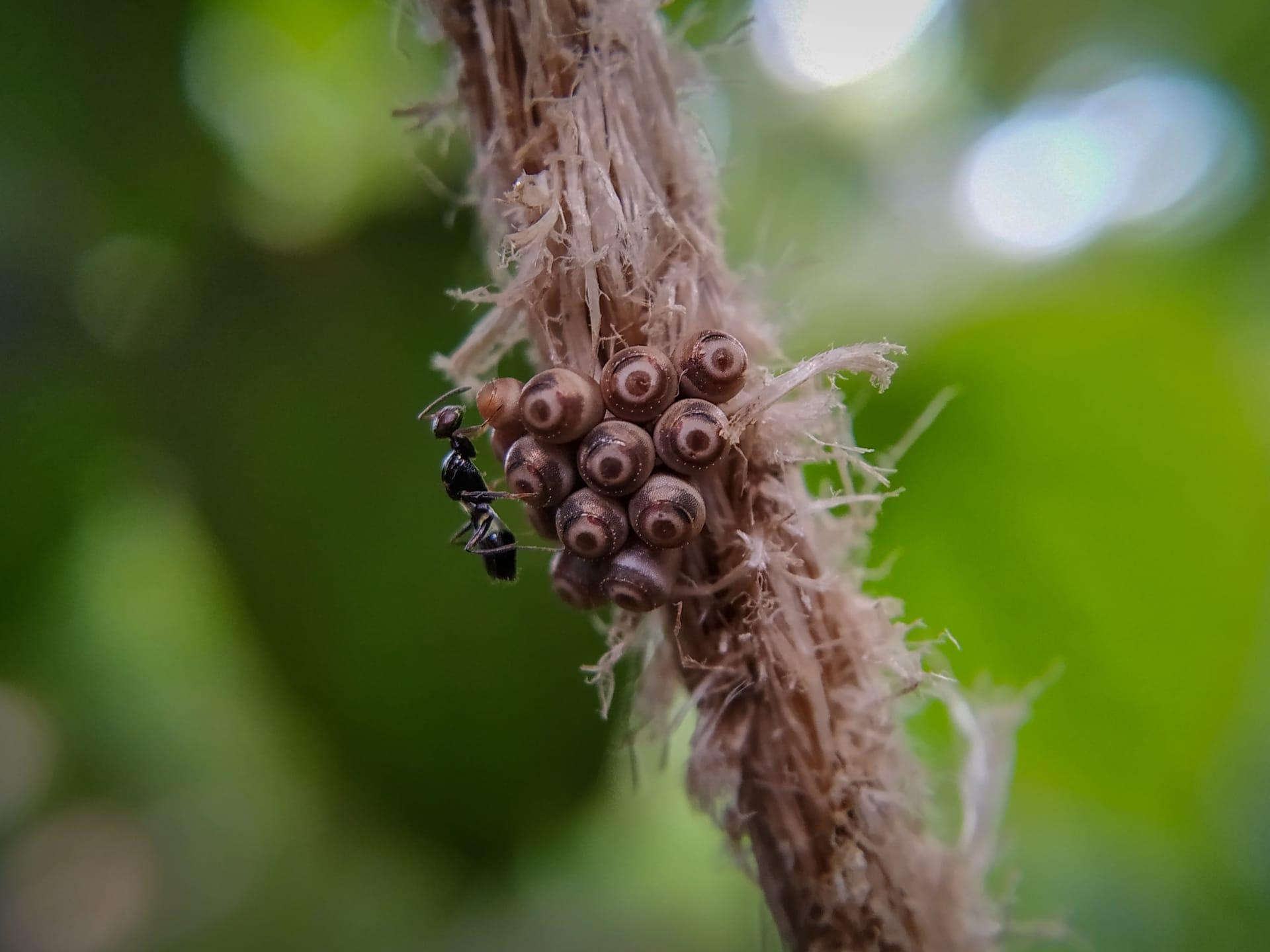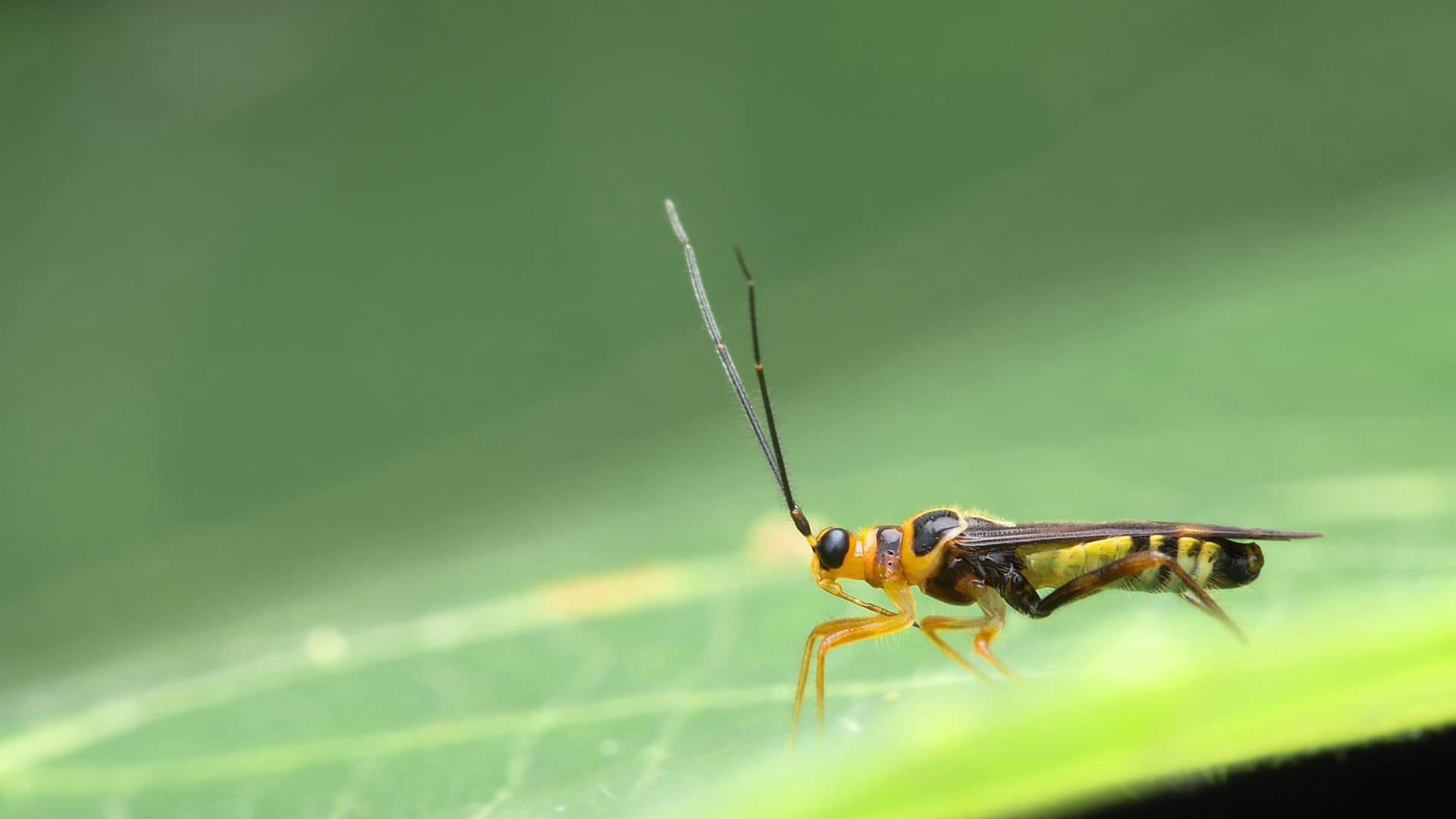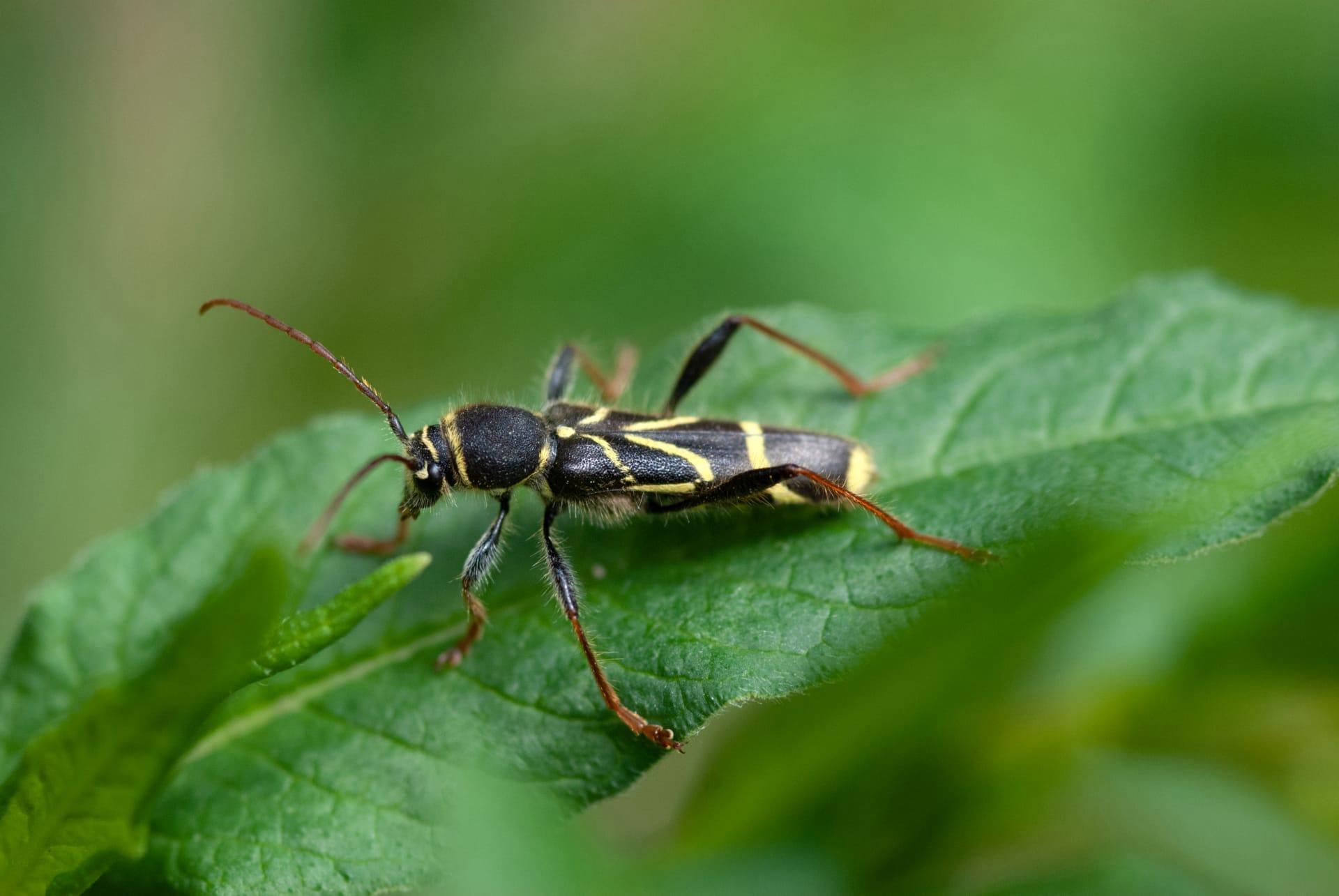Parasitic Wasp Trivia
- Home /
- Trivia Question /
- Animal /
- Parasitic Wasp Trivia
1
Question: What are parasitic wasps and how many species exist?
Answer: Parasitic wasps are a diverse group of hymenopterans, known for laying their eggs in or on other insects, which then act as hosts. There are over 24,000 identified species of parasitic wasps, but scientists estimate the actual number could be over 100,000. They vary greatly in size, from less than 1 millimeter to over 7 centimeters in length.
Question: How do parasitic wasps impact their host insects?
Answer: Parasitic wasps have a significant impact on their host insects. The larvae of these wasps feed on the host, often from the inside. This can lead to the weakening or death of the host. Some species also inject a virus that suppresses the host's immune system, making it easier for the larvae to survive and grow. The host species range from caterpillars and beetles to spiders.

2
Question: Is it true that all parasitic wasps are harmful to humans?
Answer: Contrary to common misconception, most parasitic wasps are not harmful to humans. They are focused on their insect hosts and rarely interact with people. In fact, their stings are often not powerful enough to penetrate human skin. Additionally, many species are beneficial as they help control pest populations.
Question: Do parasitic wasps always kill their hosts?
Answer: It's a common myth that parasitic wasps always kill their hosts. While many species do result in the death of their host, some have evolved to allow the host to survive the parasitization process. This ensures the host can continue its normal activities, providing a mobile food source for the developing wasp larvae.

3
Question: How do parasitic wasps find their hosts?
Answer: Parasitic wasps have evolved remarkable abilities to locate their hosts. They use a combination of visual cues, chemical signals, and vibrations. Some species can detect the pheromones released by their host insects, while others are attracted to the sounds of feeding caterpillars or the sight of specific plant damage caused by host insects.
Question: Can parasitic wasps be used in biological control?
Answer: Yes, parasitic wasps are often used in biological control programs. Their ability to target specific pest species makes them invaluable in managing agricultural pests and garden insects without the need for harmful chemicals. For example, Trichogramma wasps are used to control moth and butterfly larvae in crops, reducing the need for pesticides.

4
Question: What is the life cycle of a parasitic wasp?
Answer: The life cycle of a parasitic wasp typically includes four stages: egg, larva, pupa, and adult. After laying eggs in or on a host, the eggs hatch into larvae that feed on the host. The larvae then pupate, either inside or outside the host. The adult wasp emerges from the pupa, ready to mate and continue the cycle. The duration of each stage varies among species, but it can range from a few weeks to several months.
Question: Do parasitic wasps have any natural predators?
Answer: Yes, parasitic wasps do have natural predators, despite their formidable reputation. Birds, bats, spiders, and even other species of parasitic wasps are known to prey on them. Some species of ants and beetles also attack the pupae or larvae of parasitic wasps. These predators help maintain the ecological balance, preventing wasps from becoming overly dominant.

5
Question: What role do parasitic wasps play in the ecosystem?
Answer: Parasitic wasps play a crucial role in ecosystems as natural pest controllers and as part of food webs. By parasitizing pest insects, they help regulate populations, contributing to biodiversity and the health of habitats. They also serve as food for other wildlife, linking different trophic levels in the ecological chain.
Question: How do parasitic wasps adapt to different environments?
Answer: Parasitic wasps exhibit remarkable adaptability to various environments. They are found in almost every habitat, from forests and meadows to urban gardens. Some species have developed specialized skills, like the ability to swim or dig, to reach their hosts. Their diverse range of host insects allows them to thrive in many ecological niches, showcasing their evolutionary success.